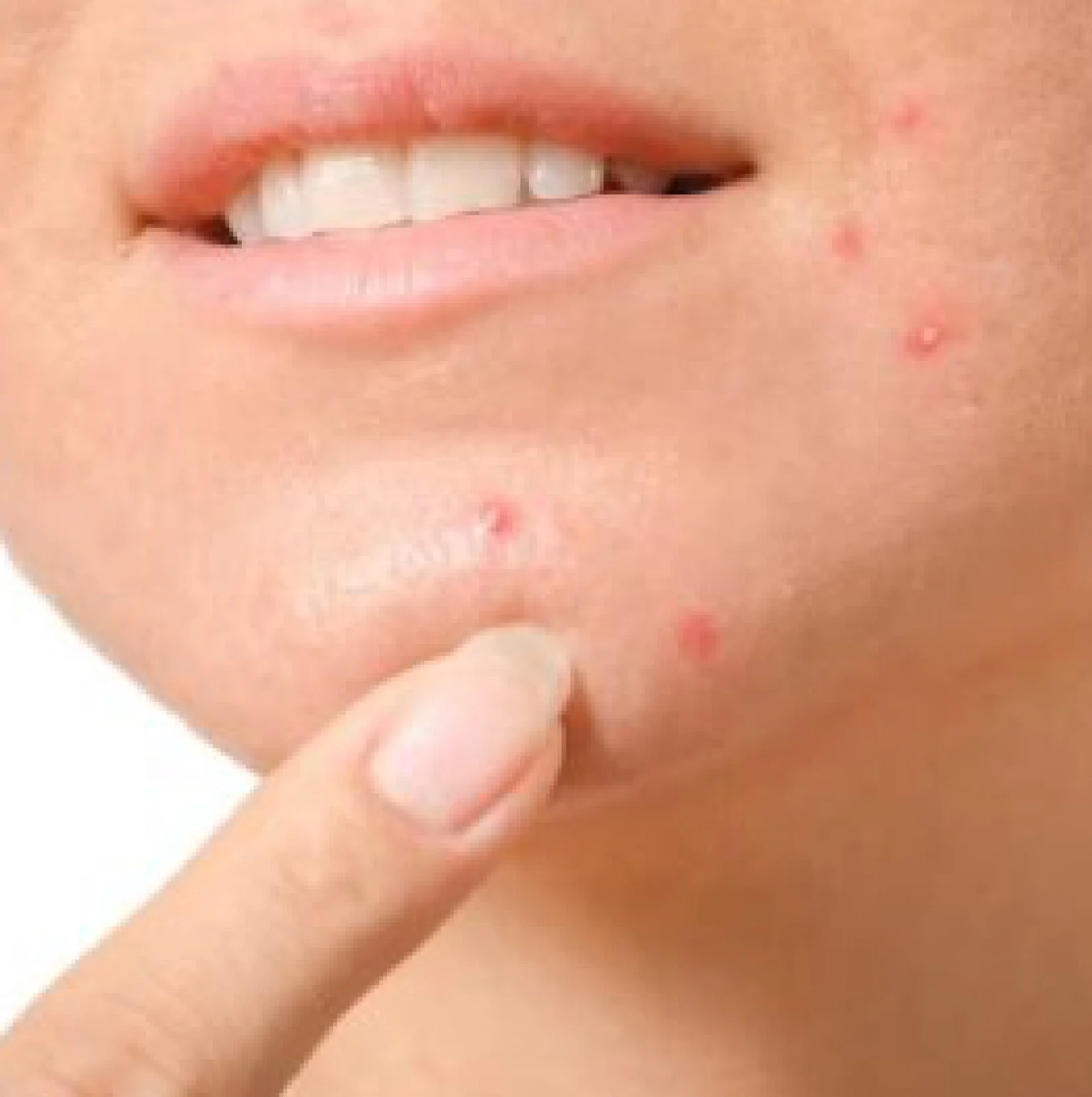
Department of Dermatology (skin care)
Welcome To Gangasheel Hospital
What is Pimples?
Acne is a small growth on the surface of the skin. They can become inflamed and discolored. Acne usually causes pimples, most commonly on the face, chest, shoulders and upper back.
There are different types of acne, and symptoms vary depending on the type.
These include:
- Papules:
These are small bumps (hot and painful to the touch) that can become infected. - Blackheads:
These are open pores in the skin that contain excess sebum and dead skin. It looks like there is dirt or blackheads on the bumps. However, irregular light reflections from clogged follicles cause dark spots. - Pimples:
These are bumps that remain closed by sebum and dead skin cells. They have a white or yellowish appearance. - Nodules:
These are rounded or oddly shaped nodules. They can be deep under the skin and are often painful. - Pustules:
These are pus-filled pimples that look like pimples surrounded by discolored rings. Picking or scratching the pustules may cause scarring. - Cysts:
These are yellow or white, thick, fluid-filled pimples that consist of dead white blood cells, small pieces of tissue, and bacteria (pus). Cysts can cause scarring.
Sometimes the things you touch can irritate your skin and cause pimples. Many people think of acne when they think of acne. Sebaceous glands (sebaceous glands) are found all over the body. Blockage and inflammation of the sebaceous glands lead to the formation of acne.
Constipation and inflammation can be caused by:
- Increased production of sebum (a fatty substance produced by the sebaceous glands).
- Abnormal formation of keratin (a protein that helps form hair, skin, and nails).
- Increased bacteria on the skin that cause acne.
- Preventing acne is difficult, if not impossible, during normal hormonal changes.
- Wash your face with lukewarm water and a mild cleanser once or twice a day.
- Use a moisturizer regularly on your face. Make sure it's fragrance-free and non-comedogenic (doesn't cause acne).
- You don't have to stop wearing makeup, but try non-comedogenic products and be sure to remove makeup at the end of each day.
- Wash your hair regularly. Try to include the hairline along the forehead.
- Keep hair gel and other products away from your face.
- Avoid touching the skin on your face with your hands.
Over-the-counter medications can clear up mild cases of acne.
- Azelaic Acid: This is a natural acid found in various grains such as barley, wheat and rye. It kills microbes on your skin and reduces swelling.
- Benzoyl Peroxide: It is available commercially (Clearasil®, Stridex®, PanOxyl®, etc.). The low-concentration wash formula is less irritating to the skin. Irritation (dryness) is a common side effect.
- Retinoids (Vitamin A Derivatives): Retinoids such as Retin-A®, Tazorac® and Differin® help prevent clogged pores. You may notice a change in skin color or peeling. Using a retinoid every other day or with a moisturizer can help reduce these side effects.
- Salicylic Acid: This is available as an over-the-counter acne cleanser or lotion. It dissolves dead skin cells and prevents hair follicles from becoming clogged. If over-the-counter medications don't help your acne, your doctor may recommend prescription medications such as antibiotics or oral hormone replacements.
Yes, Pimples treatment is available in Bareilly at Gangasheel Hospital by the team of expert Dermatologists in the city.
